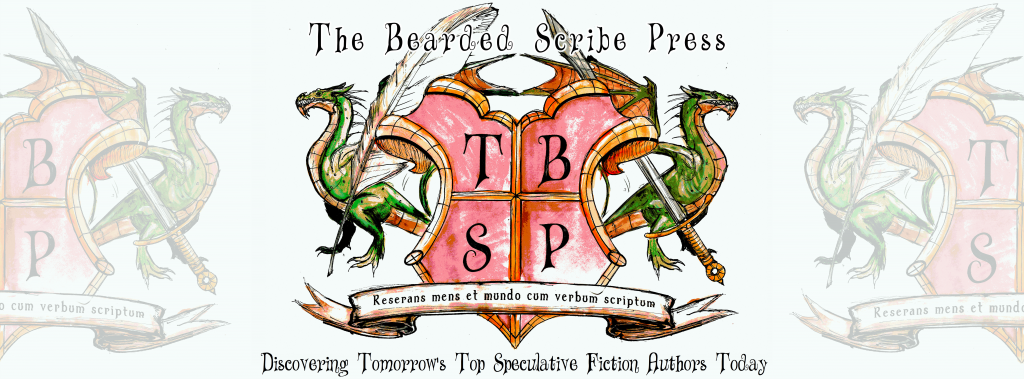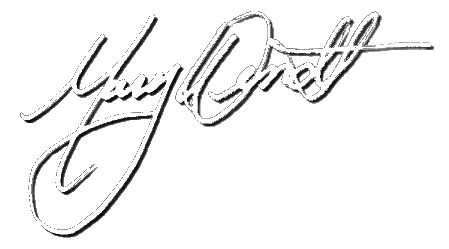 If you already know what a dash is, chances are you use it with flourish. Not using this tool would be like having a Ferrari and leaving it in the garage or like having this little guy (to the left) at home and running for help yourself.
If you already know what a dash is, chances are you use it with flourish. Not using this tool would be like having a Ferrari and leaving it in the garage or like having this little guy (to the left) at home and running for help yourself. For those unfamiliar with this beautiful punctuation tool, let’s begin with what it is not: it isn’t a hyphen. Hyphens are half-dashes like the one I just typed and have the purpose of connecting necessary descriptors to their nouns like mother-in-law. If the word completely changes meaning without the words describing in, you need to use the hyphen. (Mother and mother-in-law are VERY different people, but that’s another story).
Without a hyphen, there can be confusion:
EX: John was a long standing friend (means John has been standing a long time).But I digress…
EX: John was a long-standing friend (means John has been a friend for a long time).
THE ANARCHIST DREAM
You’ve probably seen more dashes than you can count but haven’t paid much attention to them and just read along, the dash doing its job but getting little praise or notice. So why should we praise or notice or use the dash? Because the dash is the most versatile, powerful, underrated writing tool I know, and because (brace yourself)…
There are no rules.
That’s right. No rules. You can put a dash—anywhere you’d like. You can—add dashes for emphasis. You can add dashes to make your reader—pause. You can have a whole, complete thought before the dash—and little after. Or a fragment before—and after. Or a tiny bit before—and a long, unrelenting, exhausting phrase after that makes you forget the dash is even there. You can even do this:
Hate—never.
BUT EVEN ANARCHY HAS A PURPOSE
As does the dash. The purpose of the dash is to provide emphasis, to draw attention to what you’re saying. It’s very visual and stands out to the reader, makes white space that draws the eye toward the dash. It works on a rather subconscious level—but it works.
HEY, THERE’S NO DASH ON MY KEYBOARD!
It’s true—and not true. The dash is just two hyphens typed together with no spaces between the dash and the words. So this would be wrong – although some do it this way, but this is technically an elongated hyphen. But if you type a word and don’t leave a space, then type two dashes and again don’t leave a space, when you hit the space bar…voila! The word processor turns the two hyphens into a dash. Sweet, eh?
CAUTION: TOO MUCH OF A GOOD THING?
This little punctuation tool is so fun and so easy to use that you can get carried away with it. Trust me. After I was first introduced to this awesome little dude, I turned in a paper that had 33 dashes in it—in four pages. My professor was kind and said he was glad I got the hang of using the dash, but I might want to back off a bit and not abuse a good thing. Even too many carrots will turn you orange and too much water will drown you. Too many dashes and they lose emphasis, like saying F*** in every sentence. Those people with a small vocabulary who say F*** in every sentence—the word means nothing. My 89-year-old mother says F***—well she never says it, so maybe she killed someone (something else she’d never do). But you get the point.
OKAY, I LIED. THERE IS ONE RULE.
You can also use a dash twice in one sentence, known as the double-dash. But this has a rule. You use it the same way you’d use parentheses: to add an extra thought to the middle of a sentence, so the rule is that you must be able to pull out the words between the dashes and still have a complete sentence. So why the double-dash? Again, emphasis. It works like this:
Using parentheses tells readers that this little aside isn’t very important, and if they want to ignore it, it’s fine.
I met a man (ugly as sin) at the bar the other night.
Using commas (rule #4!) tells readers that the aside has the same importance as the rest of the sentence, so they shouldn’t skip over it.
I met a man,ugly as sin, at the bar the other night.
Double-dashes here tells readers that the aside is important and adds emphasis to what’s between the dashes.
I met a man—ugly as sin—at the bar the other night.
While they all essentially mean the same thing, remember that punctuation has a purpose, and here it is to reflect the writer’s level of emphasis. Parenthesis use is the equivalent of a lowered voice, quieter, more subtle. Comma use equates to a level voice, no pitch change, with equal emphasis. The double dash is the same as a raised, louder voice in the same place. You can listen to my little clips to hear the difference.
TA-DA!
And that’s all I have on the dash. Use it well. It can be your best friend and give your writing some zip and zest it lacked before. Sure, you could go the rest of your life without using a dash, but don’t deprive yourself of this fat-free, tasty treat. And use it well. Don’t overdo (although you’ll be tempted) and don’t just throw it in willy-nilly. While there are no rules, the dash can still be used badly, putting emphasis where it has no right being: “I found—my hairbrush—on the floor” or “I found my hairbrush—on the floor.” What a waste! Save it for the knockout punch. And enjoy!
PS – if you’re ever unsure if there should be a comma, a semi-colon, a colon, nothing, and you’re puzzling, well guess what? It’s a great time to use the lovely no-rule dash!
Dashingly Yours,



No comments:
Post a Comment